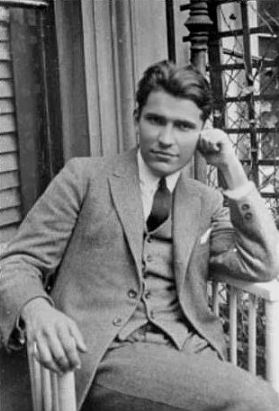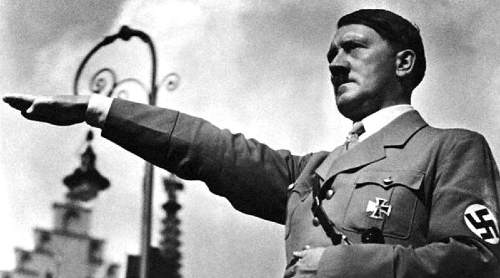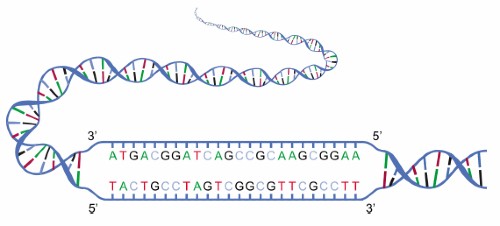Erwin Chargaff
Biography
 Erwin Chargaff
Erwin Chargaff
Austro-Hungarian-born American biochemist and author. Discovered the key facts needed to determine the structure of DNA.
Erwin Chargaff was born in Chernivtsi, a provincial capital of the Austro-Hungarian Empire, in 1905. At the outbreak of World War I, his family moved to Vienna, where he attended the Maximiliansgymnasium (now the Gymnasium Wasagasse). He then went on to the Vienna University of Technology (Technische Universität Wien) where he met his future wife Vera Broido and received a doctorate in chemistry in 1928.
 Chernovitsi as it was when Chargaff was a boy.
Chernovitsi as it was when Chargaff was a boy.
After graduation he completed a one-year fellowship at Yale University before returning to Europe, where he became an assistant at the University of Berlin in 1930. Chargaff was, however, Jewish, and new Nazi policies, put in place when Hitler came to power in 1933, excluded Jews from academic positions. As a result, he left Germany for France. After a brief stint at the Pasteur Institute, he went back to the United States, and in 1935 started his lifelong career at Columbia University. He became a U.S. citizen in 1940.
 A Jew, Chargaff fled Nazi Germany in 1933.
A Jew, Chargaff fled Nazi Germany in 1933.
While Chargaff was growing up, his family had been fairly well off, but the Great Inflation after World War I brought financial ruin, and his father, the owner of a small bank, lost his business. His mother survived her husband, who passed away in 1934, but she ended a victim of the Holocaust. Chargaff later wrote that she died, “only God knows where and when, having been deported into nothingness from Vienna in 1943.”
 Erwin Chargaff's findings showed A had to pair with T, and G, with C.
Erwin Chargaff's findings showed A had to pair with T, and G, with C.
Chargaff’s Rules. In 1944 Chargaff began his investigations into the composition of DNA. By 1950 he had experimentally determined — and published — certain crucial facts that led directly to the correct elucidation of its molecular structure. In particular, he demonstrated three rules, now known as Chargaff’s Rules, which state that in DNA:
|
|
- the number of adenine (A) residues always equals the number of thymine (T) residues;
- the number of guanine (G) residues always equals the number of cytosine (C) residues;
- the number of purines (A+G) always equals the number of pyrimidines (T+C) — this rule is an obvious consequence of rules 1 and 2.
He also showed that these rules hold true even though the ratio (G+C):(A+T) varies from one type of organism to another.
Chargaff’s findings, along with those of Rosalind Franklin’s X-ray diffraction studies of DNA, strongly suggested that base-pairing existed within DNA between adenine and thymine, and between guanine and cytosine (see figures at right above), and that other possible pairings such as (A-C, G-T, A-A, T-T, C-C, or G-G) do not occur. These are the basic facts you have to know to construct an accurate model of the DNA double helix.
Two years later, he explained these findings to James Watson and Francis Crick, who were then able quickly to elucidate the double-helix structure of DNA. As Chargaff himself later put it, “I told them all I knew. If they had heard before about the pairing rules, they concealed it. But as they
During the 1950s, Chargaff took controversial and outspoken stances that antagonized many of his colleagues. For example, he claimed that the “technology of genetic engineering poses a greater threat to the world than the advent of nuclear technology.” Such comments probably contributed to his not being included among those awarded the Nobel Prize for discovery of the structure of DNA. Instead, Francis Crick, James Watson and Maurice Wilkins were recognized (1962).
Some basic facts about Erwin Chargaff:
Born: August 11, 1905, in Chernivtsi, Bukovina (now part of Ukraine).
Died: June 20, 2002 in New York City at the age of 96 (interred in Mount Carmel Cemetery, Glendale, Queens County, New York, USA).
Parents: Hermann Chargaff (1870–1934) and Rosa Silberstein Chargaff (1878–1943).
* Erwin Chargaff. Heraclitean Fire (1978).
